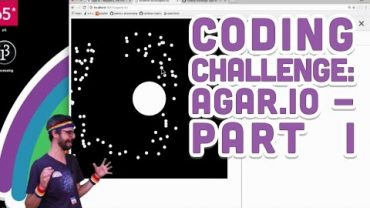Practicode Example — Coding a Diabetes Case
Practicode Example Coding a Diabetes Case http://www.cco.us/medical-coding-practicum-course-practicode-yt
Alicia: OK. So, Laureen and I we’re talking, we talked about Practicode and we kept mentionin it but you haven’t really seen an example of what a case looks like in Practicode, and so what we thought maybe we try to do at the webinars is right there at the end, pull a Practicode case and code it; and so, we did it in ICD-9 and we did it in ICD-10 so that yo can kind of get a feel for how to do this. If you go back up to the top it is an actual case, OK.
Laureen: So you’re not going in to Practicode to do this, you’re doing it…?
Alicia: Yeah, because we have to have had Practicode, we could do that next time.
Laureen: Yeah I think so.
Alicia: Yeah, because this time we’ve had to have Practicode open, but it’s really easy to navigate, so we’ll practice this time with what they look like, and the next time we’ll actually go into Practicode. I’ll show you how to go in and pick that case out.
So, these are actual cases, and just real quickly scanning it, you can pick what you want and this was like a doctor’s office visit, so family practice. The pertinent information here is the chief complaint, so this patient is having sharp abdominal pains and fainting. Then you get into the HPI. Now this was set up a little differently, I separated it because the other thing that should be practiced as a coder is being able to find the information in the case, and this is what Practicode gives you. This is real world experience, not experience learning how to take a test; this is how you can read a report and pull out the information you need.
What does our patient have? They talked about a left lower quadrant and right lower quadrant pain, and then these are all the questions that the doctor asked the patient about the quality of the paid, the severity, what are the modifying factors. So nothing gives this person relief. And then you scroll down, you see associative symptoms: none. Then, this patient has an addiction to alcohol for 10 years and then it escalated over a year. I highlighted that because that’s pertinent, although you’ll find that the end they didn’t add that to the diagnosis.
Get more medical coding training, medical coding tips, medical coding certification and free medical coding webinars at http://www.cco.us/cco-yt
source






